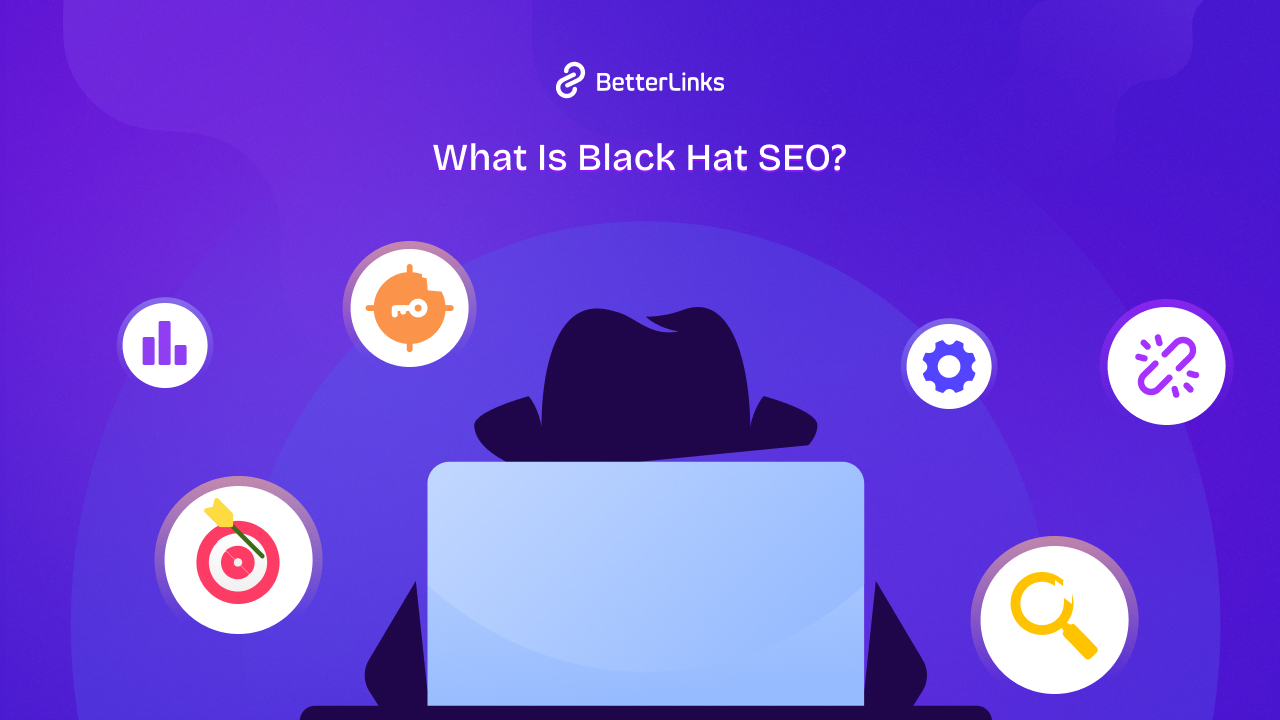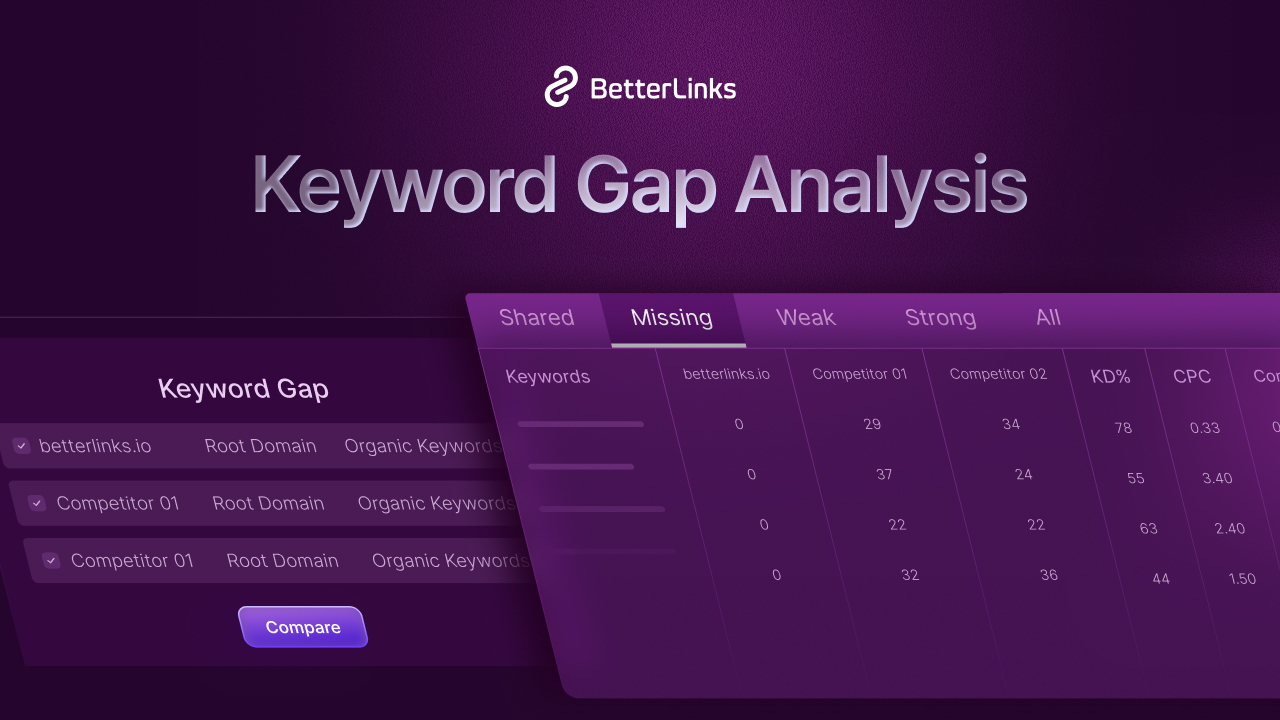Black hat SEO techniques are unethical practices that are implemented to improve search engine ranking. These must avoid SEO tactics do not comply with established search engine guidelines. They also fail to provide any real value to online visitors and searchers. In this comprehensive blog, we will list the major black hat SEO examples and identify their negative effects.

Black hat SEO can be very detrimental to your website and lead to severe penalties from search engines. So, let us find out more about these tactics and how they can impact your website.
An Overview of Black Hat SEO Techniques
Black SEO consists of manipulative techniques to bypass the established guidelines and algorithms of major search engines like Google. From spammy link building & cloaking to link farming & bulk content generation, there are numerous black SEO tactics you will come across today.
Earlier, it was much easier to rank using these techniques with dedicated spamming or black hat tools. As Google and other search engines evolved and adapted, it has become significantly harder to produce good results through black hat SEO.
For example, Google itself has undergone major algorithm updates such as RankBrain and Penguin. Right now, the platform releases Google Core Updates, replacing the earlier Helpful Content Updates, to share proper guidelines with webmasters, SEO specialists and digital marketers.
To summarize, black hat SEO does not provide any helpful information or value to online searchers. Instead of providing the needed information, the main goal of these tactics is to just appear in SERPs. Since platforms like Google now maintain real-time algorithms and prioritize user-centric content, avoiding manipulative tactics is a must for long-term success.
Common Black Hat SEO Examples
Let us explore all the major black hat SEO examples to avoid in 2024. We will explain each tactic and how they are applied.
1. Cloaking & Redirecting to Links

Cloaking is hiding content or links by showing other content on websites to site visitors. This technique is used to hide sneaky redirects, spammy links, irrelevant ads or other malicious locations. Black hat cloaking is often used to redirect website visitors to these places. They typically adopt this method to display relevant content and rank higher.
Try This Approach: Totally avoid cloaking links or content through any black hat tactic. Never redirect users to irrelevant or harmful links. Search engines often impose severe penalties on the website upon identifying this practice.
2. Generating Content in Bulk

Generating content in bulk is another black hat SEO tactic. Since the popularization of AI in 2023, numerous websites have adopted this technique to perform better in SEO. By using AI-based content creation tools or a group of human writers, these websites started publishing content in bulk through blogs, articles and other pages. The main goal of bulk content generation is to increase the chances of appearing in different search queries.
Popular search engines such as Google prioritizes user-centric and helpful content over anything else. You need to provide informative, relevant and up-to-date content that actually serves the searcher. Bulk content creation often leads to 2 main issues: plagiarism of content and low-quality content. So, the content does not provide helpful information to readers, failing to leave any positive impact on SEO.
Choose This Strategy: Your site visitors should be able to find a complete explanation of their search query through your content. So, prioritize content quality over quantity according to the latest Google Search core update.
3. Utilizing Low-Quality Backlinks

Another common example of black hat SEO is the use of low-quality backlinks. Many SEO experts make the mistake of buying these backlinks to get quick results. Remember that using tons of backlinks to various sources will not bring any good outcome. Rather, platforms like Google actively track websites to see if you are intentionally using a lot of low-quality backlinks.
Opt for This Instead: Focus on quality over quantity here as well. Invest sufficient time to research and discover high-quality backlinks and adjust your SEO approach accordingly. Modern search engines can easily identify and penalize black hat link building practices.
4. Stuffing Keywords

Keyword stuffing is the method of placing an unnatural amount of keywords side by side to take advantage of their search volume. Most SEO guidelines advise strictly against the use of this technique. Besides, it makes the overall content seem artificial and forcefully written. Some websites also employ the ‘hidden text’ technique to hide the visibility of the stuffed keywords.
Adopt This Approach: Choose suitable focus and LSI keywords through keyword research. Then, place keywords naturally maintaining appropriate proximity (distance between individual keywords) & prominence (number of times a keyword is used) instead of forcefully using them in the content.
5. Buying or Selling Backlinks

Buying or selling backlinks is a common scene in the world of black hat SEO. Many website owners do it to quickly implement a large number of backlinks in their website. The idea is to save more time while getting the benefits of backlinks quickly. However, search engines do not support this approach and will impose penalties if they identify the use of purchased low-quality backlinks. It is a questionable link building method and is one of the most common WordPress link building mistakes.
Go for This Method: Do not take the shortcut of purchasing backlinks. It is one of the most common black hat SEO link building techniques. Put more emphasis on quality content worth linking. Plus, provide examples of useful graphs and data in the content.
6. Link Farming & Private Blog Network (PBN)

Link farming is a manipulative technique where a number of websites link to one another. By linking among these websites, they try to achieve a higher search engine ranking. Link farming can be done through guest posts or linking in existing content. This practice does not comply with Google Search Essentials (formerly Webmaster Guidelines). Your website will possibly get a penalty for every update whenever the Google Search algorithm detects link farming.
Private Blog Network on PBN is another practice with an almost similar concept. The main difference with PBN is that the link juice is passed to websites outside the network while link farming does it only to websites within the farm.
What We Recommend: The alternative to link farming and PBN is to focus on creating high-quality content and adopting conventional, well-researched link building methods. You should also ensure a comprehensive marketing strategy for long-term sustainability.
7. Other Black Hat SEO Tactics
Black hat SEO is a very broad concept. Here are a few more popular techniques that you may hear about:
URL Hijacking
URL hijacking is the process of removing a website from the SERP and replacing it with another webpage through false means. Black SEO experts use it to bring their own website to the SERP. Remember that this tactic can be a severe criminal offense and is never a long-term solution.
Site Mirroring
Also known as website mirroring or cloning, it is a very useful technique for creating backups. But it may also have black hat applications, such as when a site is mirrored to trick visitors or the search algorithm into thinking it is the original site. Hackers may also attempt to steal sensitive user information from visitors using this technique.
Comment Spamming
Using bots or AI tools, it is possible to leave comments in bulk on blog posts and pages. This is done to boost engagement of that post or page. However, it can lead to major penalties. In fact, many website attacks utilize comment spamming to take down a targeted website or page. It is also widely seen on social media platforms like Facebook and Instagram.
Doorway Pages
Doorway pages are used to rank a particular keyword by creating similar pages. These similar pages do not have any real value and visitors are redirected to them for ranking purposes. Since these pages have no real user benefits or information that stands out, it is a black hat SEO technique.
Overused Anchor Text
Anchor text is the clickable content that takes you to the hyperlink address upon clicking it. Using useful anchor text is an effective way to explain certain concepts to the reader in a more informative way. However, overusing anchor text is not a good practice. It is even worse when they redirect the visitor to any malicious address.
How Can Black Hat SEO Negatively Impact Your Website?
Black hat SEO can leave tons of negative impact on your website or brand. So, you should never consider any of these techniques for implementation. Let us take a look at just a few of the major drawbacks:
1. Penalties
From de-indexing to a severe drop in ranking, penalties are a common side effect of black hat SEO. These can be a major obstacle for your website. So, you should always be aware to make sure that you or your team never uses any black hat tactic intentionally or unintentionally.
2. Legal & Ethical Implications
Tactics like site hijacking or taking visitors to malicious pages, links or software can be a severe criminal offense. These practices raise ethical concerns and seriously harm your reputation. So, this is something to be aware of.
3. Unsustainability
Black hat SEO techniques do not bring good results in the long run. With every major algorithm update, we find websites dropping in ranking or getting penalized. So, instead of worrying about this every now and then, avoid taking shortcuts and adopt an effective SEO strategy for your website.
4. Poor Brand Image
If you get identified as someone who adopts black hat SEO techniques, it can leave a very bad mark on your brand image. Besides, your users or site visitors will find it hard to get useful information if you use these tactics. So, it is a lose-lose situation from every angle.
Black Hat SEO vs White Hat SEO vs Gray Hat SEO
White hat SEO is the polar opposite of black hat SEO. Basically, you are adhering to all Google core updates and Google Search Essentials with white hat SEO techniques. For example, you have published a high-quality blog on your website after a lot of research. Your readers are finding all the information they need in one place by reading that blog. This is a great white hat SEO hack.
Gray hat SEO techniques are a combination of both black hat SEO and white hat SEO tactics. One of the many gray hat SEO examples is placing purchased backlinks in an original, high-quality blog. Gray hat SEO can pose risks. For example, placing low-quality purchased backlinks in a good blog can undermine the SEO benefits of the blog itself.
Identify Various Black Hat SEO Techniques to Avoid Them
Black hat SEO techniques might give you the promise of rapid growth in a very short period. But it is useless and can even be harmful to your website in the long run. So, always take a well-researched approach to avoid these tactics.
By keeping yourself informed about the different black hat tactics, you can stay clear of these methods with your own SEO strategy. Considering the ethical and legal implications of these techniques, make sure to never use them anywhere on your website.
Do not forget to join our Facebook community and subscribe to our blogs for more helpful updates and news.




